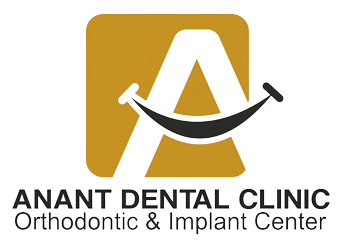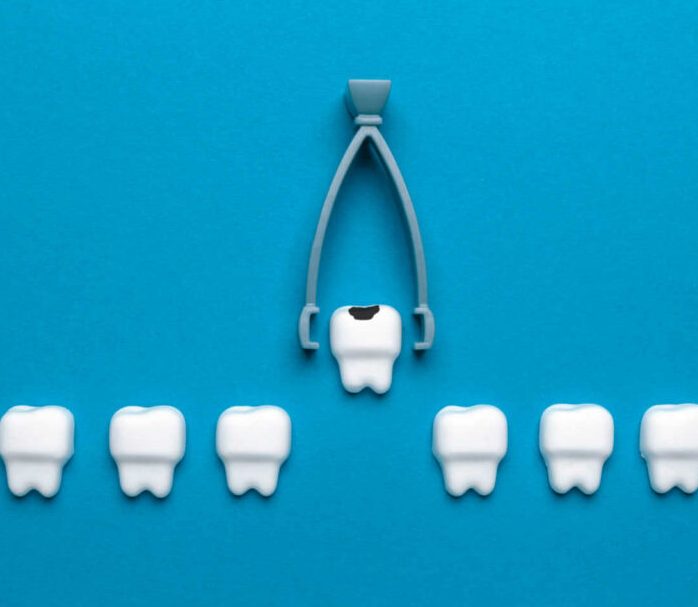Dental extraction (also referred to as exodontia) is the removal of a tooth from the mouth. Although permanent teeth are meant to last a lifetime, sometimes due to decay or infection or other reasons may require removal. This procedure is performed in a painless manner with minimal trauma at Anant Dental Clinic & Orthodontic Center. We also ensure good post treatment care.
Wisdom teeth, also known as third molars, are the last teeth to appear in your mouth, occurring normally 17 and 25 years of age, a time of life called the “Age of Wisdom”.Wisdom teeth are extracted for two general reasons: either the wisdom teeth have already become impacted, or the wisdom teeth could potentially become problematic if not extracted.
These type of teeth are often in a crooked position in the jaw and do not have sufficient space either to erupt, hence chances are that they may never erupt in a proper position in the mouth. They may be frequently covered by a layer of soft gum tissue or be deeply embedded in the jaw bone. Hence, in such cases their removal may be a surgical procedure requiring cutting of some gum tissue as well as bone and removing the tooth in sections. this procedure is called as ‘Disimpaction.’
Any type of tooth removal typically leaves a healing socket, which is the empty space remaining from where the tooth was previously present. The process of healing and bone filling in this region takes about 2-3 weeks after which you may get the tooth replaced.
Tooth removal, also known as extraction, is a procedure where a dentist removes a tooth from its socket in the jawbone.
Here’s what happens during a tooth extraction:
Evaluation: First, your dentist will examine your tooth and take X-rays to determine if extraction is necessary. They’ll also discuss the procedure with you and answer any questions you may have.
Anesthesia: Before the extraction, your dentist will numb the area around the tooth to ensure you don’t feel any pain during the procedure. In some cases, sedation may also be used to help you relax.
Extraction: Using special tools, your dentist will gently loosen the tooth from its socket and carefully remove it. In some cases, the tooth may need to be sectioned into smaller pieces for easier removal.
Aftercare: After the extraction, your dentist will provide you with instructions on how to care for the extraction site to promote healing. This may include avoiding certain foods, taking pain medication, and applying ice packs to reduce swelling.
Tooth extraction may be necessary for various reasons, including severe decay, infection, crowding, or damage beyond repair. While losing a tooth can be daunting, your dentist will work with you to explore options for tooth replacement, such as dental implants or bridges, to restore your smile and oral function. If you’re experiencing tooth pain or other dental issues, don’t hesitate to consult with a qualified dentist to discuss your options for treatment, including tooth extraction if necessary.

